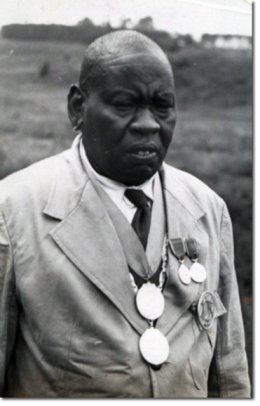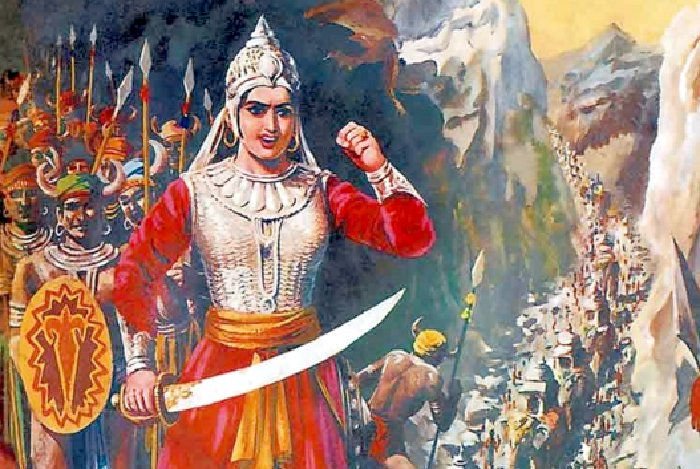My art leanings has often taken me to many websites of museums abroad where our creativity is taken care of. While casually flipping through websites of art museums this afternoon, i found some amazing collection of combs. Check it out.
☘You must have all heard about Pusyamitra Sunga. Here's a comb from the Sunga Empire featuring a Goddess. You will find it in Creative museum.
☘Another one from the Shunga Empire comes this ivory comb from the Cleveland Museum of Art. Styled like Chandraketugarh, an archeological site 21 miles from Kolkata in Northwest India. The comb features two goddesses and two peacocks on either side of them, facing each other.
☘Another ivory comb from karnataka displaying two peacocks. Arent they so gracefully adorned?
☘ Looks our our artisans were too fond of peacocks 🦚. So am i though.
This one has two gold peacocks with ruby eyes. And coral beads hanging across.
☘ Now this is an 18th century comb again with two peacocks. This is from somewhere in the North side of Bharat & is more delicate & lighter than the ones from Tamil Nadu.
This one was sold at Sotheby's
☘A few more from 18th century.
These are silver combs and you will be astonished to know they are hollow from inside to contain perfumes. Can u spot the silver knobs at the end? They are engraved with the face of a warrior & his consort.
☘From the Museum of Fine Arts Houston comes this gold comb of lions with ruby eyes from the late 19th to early 20th century
☘Here comes my favorite ones.
Residing in the Museum of Fine Arts Houston is a divine Radha Krishna carved comb.
On this ivory comb you can see Krishna & radha tending to 4 cows beneath the pedestal while other consorts holding parasol, fly whisk fan & sceptre
☘This one portrays Krishna and Radha in an embrace on top of which are two golden peacocks holding a vessel with two ruby knobs.
These 2 Krishna combs are from Madurai are now a collection of Susan L Beningson.
Ruling from the 16th to18th Centuries,the Madurai Nayakas had royal workshops and were credited with massive restructuring work, which spurred economic growth & led to the formation of many new towns. They also developed trade and earned the protection of artisans and merchants.
☘In this 18th century ivory and gold comb, Krishna is dancing and holding a butterball, two of his most popular portrayals. A scalloped frame surrounds him.
Cute na? 😍😍
☘In the first half of the 19th Century, to the West near the Persian border, 18th Century courtly scenes were painted on ivory combs. However, they portrayed sultans. You can see the mughal inspiration in these ones.
☘Then comes the British era when East India company slowly took over the power.
That is when combs started to look like this parcel-gilt silver peacock comb. It was made in Northern India in the early 20th Century.
The comb is hollow for the internal well of perfume, and the base has small holes, so the perfume can drip to the teeth and then into the hair.
Barabara steinberg founding Artistic Director of the Symphony of new world is also a lifelong collector of hair combs and Ornaments strated her blog on it 15 years ago to add valie to the marvels as antique dealers used to treat hair combs as throw away items in estate sales.
Quoting her verbatim :
To pre-Colonial Indians,there was no association of women with sin,no Eve or snake or apple.However, the British, especially xtian missionaries,were horrified at temple walls decorated with “much immodest,heathen-style fornication & other abominations.”
We are all lucky that art was preserved from societies that practiced religious and cultural tolerance, for then artists were free to combine diverse elements and create extraordinary pieces.
Once government becomes intolerant and blind, like the British who wanted to make all the world England, imagination shuts down. People just find an acceptable design and make copies.































